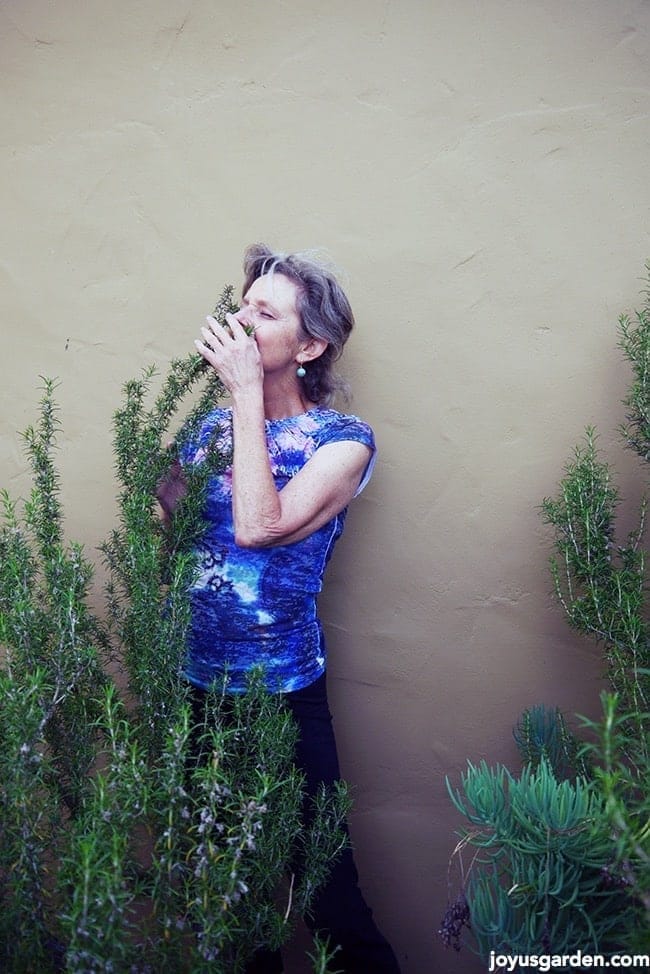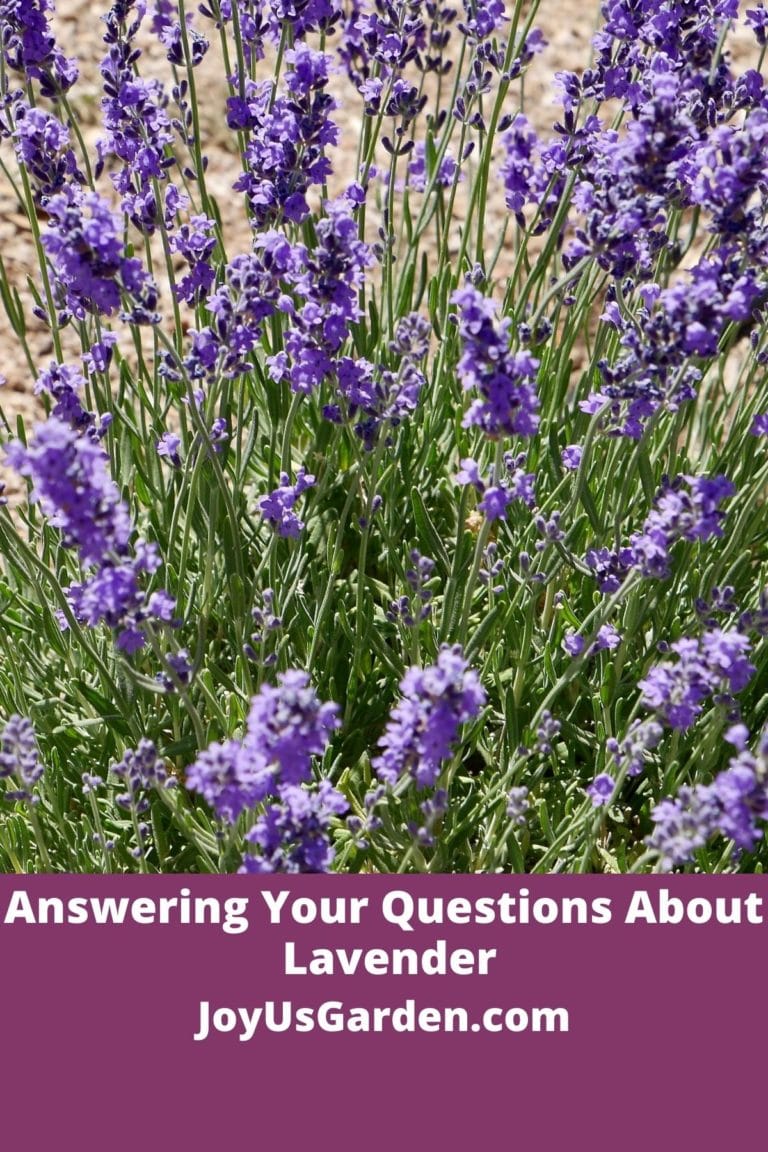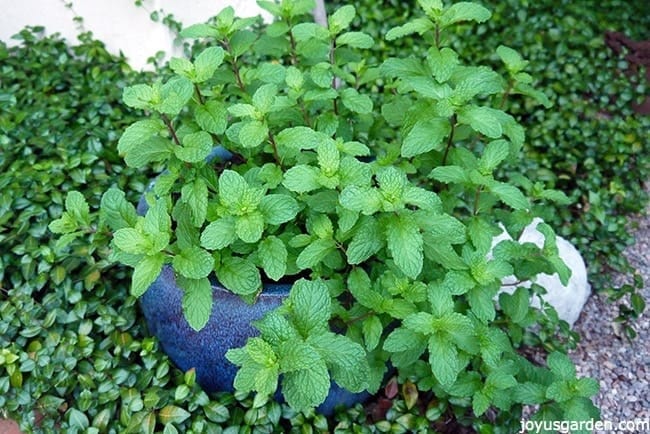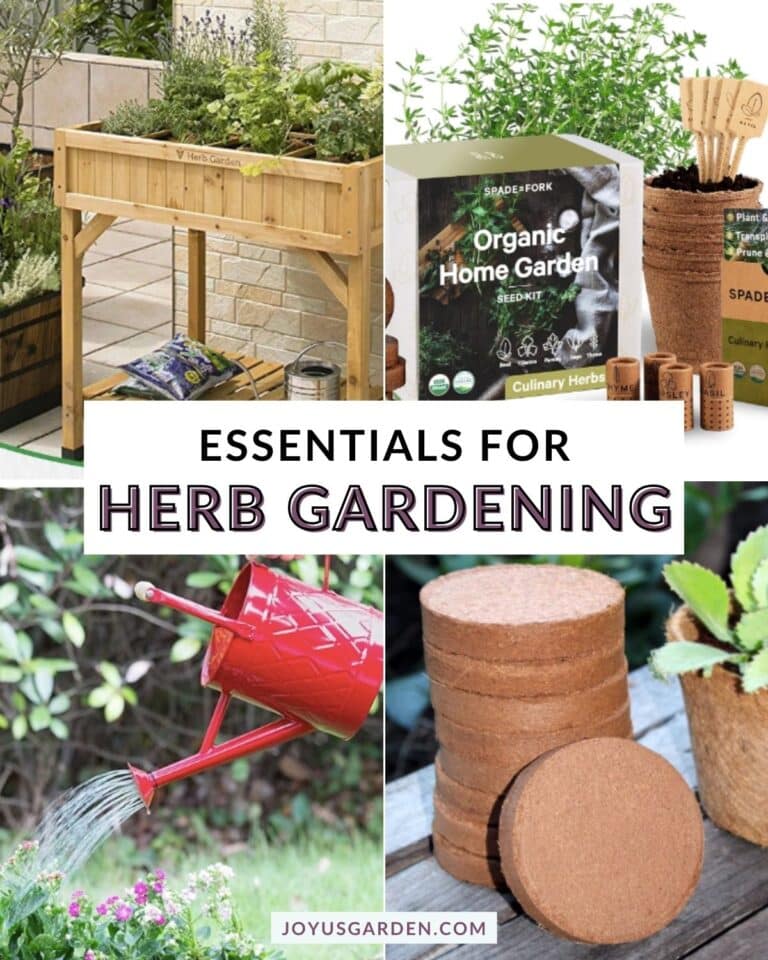Potted Lavender: How To Grow Lavender Plants In Pots
If you’re looking for a fragrant addition to your garden, patio, or balcony, put potted lavender towards the top of your list. It’s loved around the world for its scented flowers and foliage, and there are many varieties of lavender to choose from. This guide on caring for lavender in pots covers everything you need to know to keep yours blooming and thriving.
I was a professional gardener in California for over twenty years and planted and maintained many lavender plants. My mother lived in Sonoma for fifteen years, where lavender thrived and was abundant. June is lavender month in Sonoma County, and on summer days, you could smell this plant everywhere it grew. I’m very familiar with lavender and want to share what I’ve learned with you.
This post focuses on growing lavender outdoors because that’s where most of my years of experience are. I’m growing my lavender plant indoors here in the Sonoran Desert, so I’ll touch briefly on that at the end.
Growing Potted Lavender
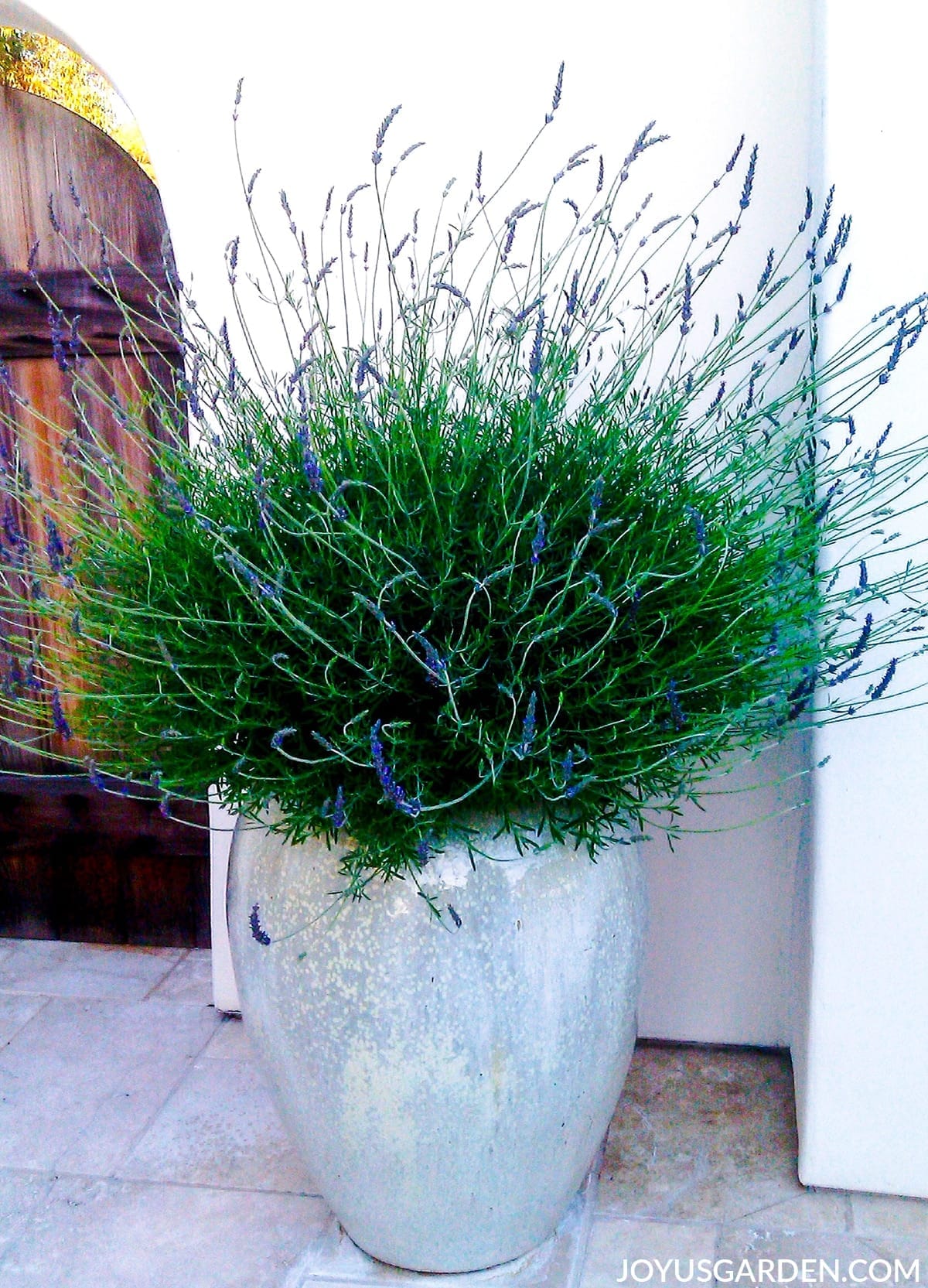
Lavender Growing Conditions
I’ll start with the basics. Lavender thrives in the right conditions and, in a nutshell, likes it warm and sunny.
In milder climates, lavender is a perennial.
How hardy is lavender? USDA zones: 5-9. Not all lavenders are hardy in this entire range of zones. For instance, Spanish Lavender is hardy in zones 7-9. Check to see which lavenders are hardy in your growing zone. You can reference this plant hardiness zone map by inputting your zip code at the top.
It does well in garden beds alongside other plants with similar growing requirements and in the right soil. Lavenders are great for small spaces and very well suited for container gardens. It’s much easier to control the soil in a pot vs. in the ground.
Choosing The Best Lavender For Pots
Many lavender species, varieties, and hybrids grow well in containers. English Lavender Lavandula angustifolia), French Lavender (Lavandula dentata), and Spanish Lavender (Lavandula stoechas) are the most popular types.
Some lavenders are more heat tolerant, some more tolerant of humidity, and some more cold tolerant. Hopefully, a reputable garden center in your area will sell lavenders suited for your climate. It doesn’t always happen, like seeing hydrangeas for sale here in the Sonoran Desert where I live!
Regarding size, some English Lavender plants are well suited for smaller spaces and pots. “Munstead” (the one you see in the lead photo and the video) and “Hidcote” both max out at 1-1/2 to 2′. “Grosso,” a hybrid widely grown commercially in Italy and France, gets 3 x 3′. This one is said to be the most fragrant, by the way! “Otto Quast,” a Spanish Lavender, gets 3 x 4′.
Lavenders are shrubby perennials with blue/green to grey/green leaves. This is a nice compliment to most plants that have green foliage.
Pots For Growing Lavender
We’ll start with pot size. Lavender has a slow to moderate growth rate. A smaller lavender will be fine in a smaller pot. I planted my 1-gallon “Munstead” in a 10″ pot. In two to three years, I’ll repot it into a 14 – 16″ pot, depending on how it’s doing.
One of the larger lavenders I’m familiar with is Goodwin Creek Gray, which gets around 3 x 4′. It will need at least a 20″ pot. If you buy it in a 1-gallon pot, you can start smaller (10 – 12″) and then repot to larger. A plant in a 5-gallon pot will have a larger root ball and therefore need at least a 16″ pot.
As for type, I love ceramic pots, but fiberglass, resin, and terracotta pots work fine too. I’ve also seen it growing in metal containers.
Whatever pot you use, make sure it has at least one drainage hole on the bottom of the pot so the excess water can flow out.
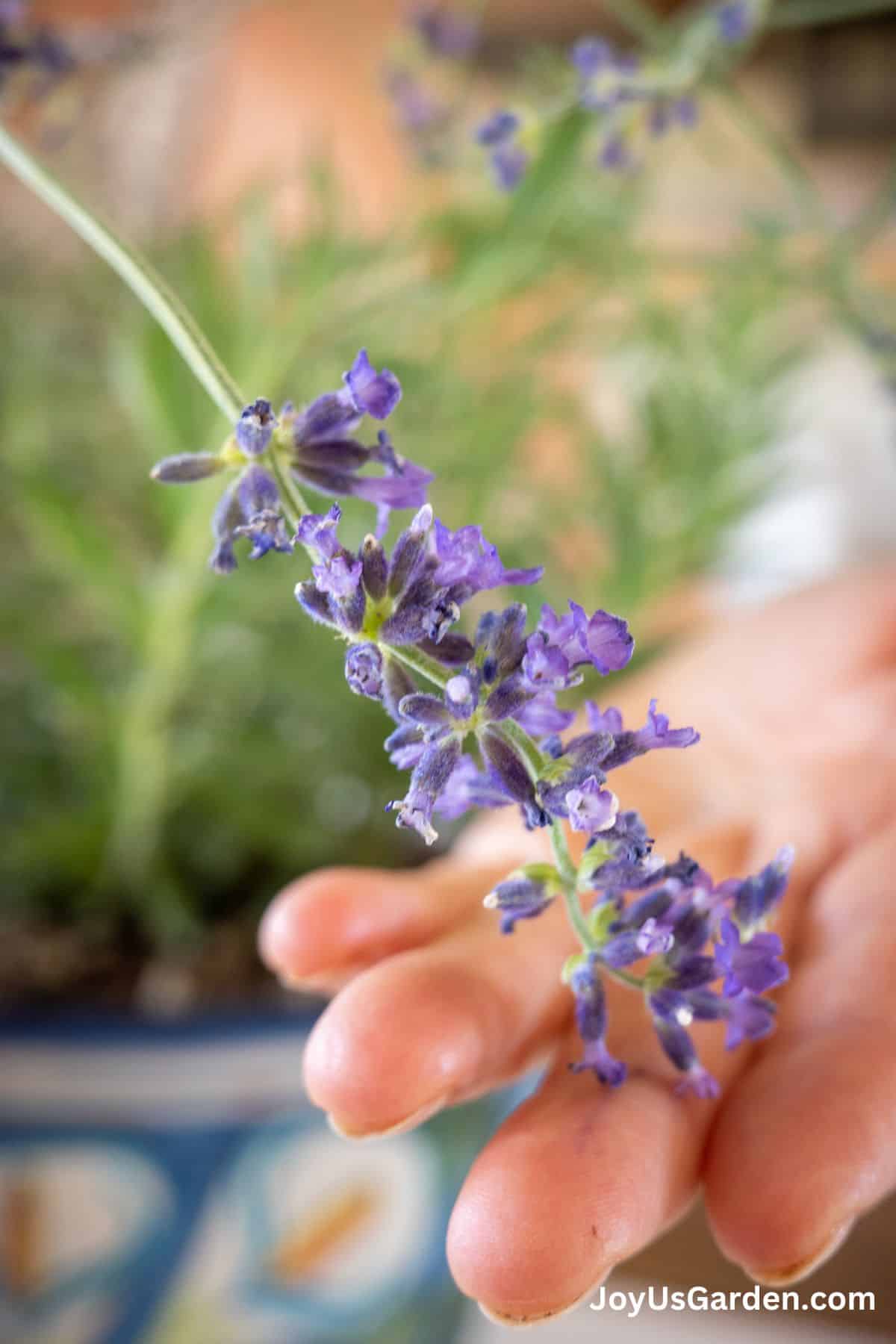
Lavender Flowers
Most lavenders have violet to purple flowers that grow on long stems, but there are white and pink varieties. The shape and size of the flower head varies too.
When does lavender flower? Different lavenders also have different bloom habits. Some start blooming in early spring, most bloom in summer, and others into fall. Most will flower for three to five weeks.
Lavender flowers attract pollinators, and that’s yet another reason to grow it!
Are you looking for more pollinator plants? Here’s a list of Plant That Attract Pollinators.
Lavender Sunlight Requirements
Lavender plants in pots love full sun. It needs at least six hours of direct sunlight to grow and flower successfully.
The exception is desert areas, like where I live. Lavender doesn’t do well in our sun and heat. If you live in Palm Springs, Joshua Tree, or Phoenix, you know what I’m talking about!
The lavender you see in the lead photo and the video (Lavandula angustifolia “Munstead”) is growing in my house as the July sun is intense and temperatures have reached 110F. I bought this English Lavender for the video and will put it outdoors in mid-September when the temps cool.
Are you looking for more full sun herbs? Here are 13 Herbs For Full Sun
Watering Lavender
How often to water lavender in pots? The loaded question! A good rule of thumb is when the soil has almost completely dried out. The schedule will depend on pot size, soil composition, and environmental conditions (temps, rainfall, humidity).
Lavender in small pots and new plants need watering more frequently than mature plants or those growing in the ground. Unless a lavender is potbound, it may not need weekly watering. If the soil has good drainage, that will help to prevent the soil from staying wet. Overwatering lavender is easy to do!
In winter, your potted lavender will need little, if any, supplemental water.
Temperature/Humidity
Most lavenders are hardy from USDA zone 5-9. Depending on the type, they can handle a range of cold and hot temps. If above 100F, you’re pushing it, although you can try Spanish Lavender.
You’ll also have a tough time growing it if you live in a humid climate. Lavender prefers low humidity.
One thing to be aware of: lavender needs good air circulation. Don’t grow it in a corner. When I moved into my house in Santa Barbara, a large but spindly lavender was planted at the base of my 19′ giant Bird of Paradise that was turning black.
I lived seven blocks from the beach (the morning fog zone), and the dampness on the foliage, humidity, lack of sun, and air circulation had caused a fungal infection. I took it out and planted succulents.
Fertilizer For Lavender in Pots
Lavender doesn’t require fertilizer. I’ve never fertilized any lavenders growing in pots. I have applied a thin layer of compost on top (about 1″) of the soil every other spring.
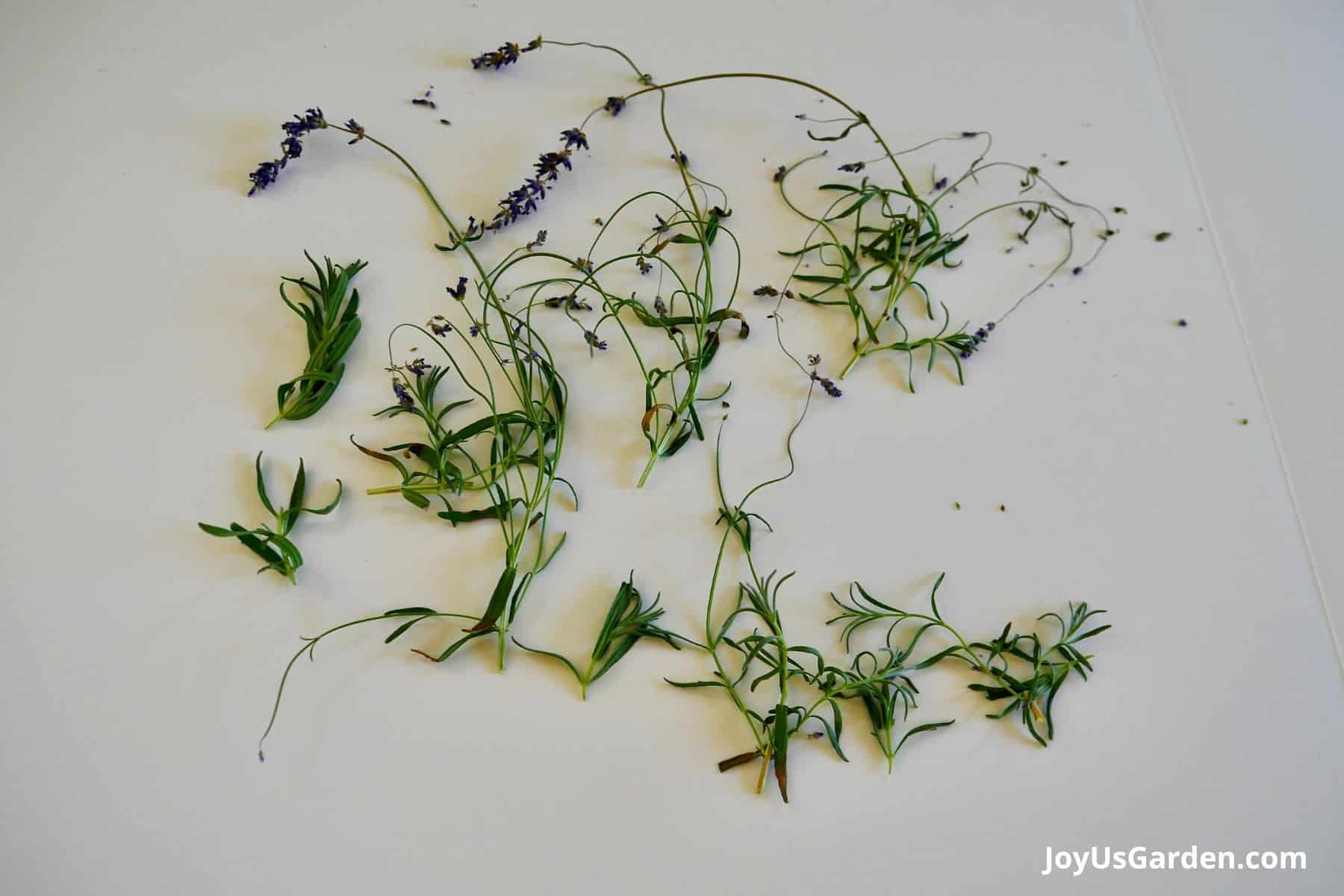
Pruning Lavender
Lavender can get leggy over time, so it benefits from pruning. Pruning stimulates new growth, flowering, and a better overall shape.
It’s good to deadhead lavender after blooming. It looks better and could encourage another bloom cycle—more on this in the section below.
I give lavenders their “big pruning” in spring. Take them down 1/4 to 1/3 the way down, avoiding cutting into the woody part of the stems. This, along with deadheading, will keep your potted lavender looking good.
How To Keep Lavender Flowering
Some types of lavender have two bloom cycles per year. French Lavender has a longer bloom time. Make sure your lavender is growing in the right conditions, especially when it comes to sunlight.
Deadhead lavender after the bloom cycle. It’s easy to do. Simply remove the spent flower stems by taking them off where the foliage starts. This will keep them looking better and could encourage a second bloom towards the end of the season. We want those as many lavender blooms as possible!
When To Plant Lavender
The best time is during the growing season, the spring and summer months. Early fall is fine if you’re in a more temperate climate.
Potting Soil For Lavender In Pots
These potted lavender plants do best in chunky, gritty, well-drained soil. I always add a few handfuls of organic matter to help with drainage and add nourishment naturally. If you’re looking for more info on the potting mix, click on the link in the category below.
How To Plant Lavender In A Pot
Planting lavender in a pot is simple. I won’t go into detail here because I’ve done a post and video on this subject. Don’t pile the compost on top because it can hold excessive soil moisture, making it more susceptible to root rot. A light layer is fine.
This post on Planting Lavender in Pots gives you the step-by-step, the soil mix to use, and the aftercare.
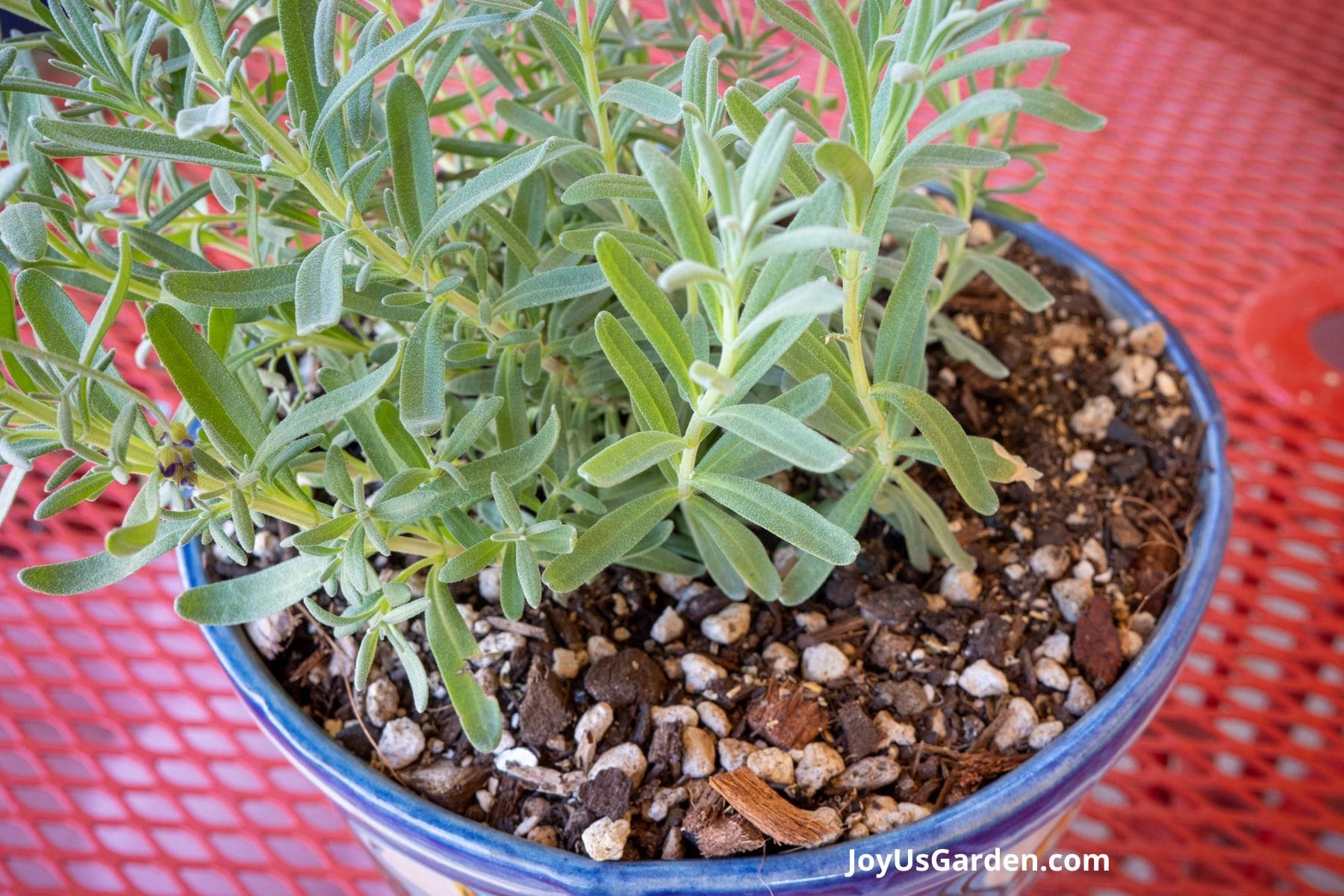
What To Plant With Lavender in Pots
You plant lavender on its own and have it be the star of the show, or you can combine it with other plants with the same growing conditions. How many you plant together depends on the size of the lavender, the pots, and the other plants.
Suitable plants that like the sun and aren’t water thirsty include penstemon, salvias, rudbeckias, echinacea, yarrow, rosemary, sage, oregano, thyme, marigolds, and zinnias.
We also have done a post on Rosemary Companion Plants, that you may find helpful.
Propagating Lavender in Pots
The only time I’ve propagated, it was by stem cuttings. I took tip cuttings, the more tender end growth of the lavender stems, about 3-6″ long, and planted them in sandy soil (a mixture of potting soil and horticultural sand). You can use pumice or perlite instead of the sand to lighten the mix so those new roots can easily emerge and grow.
Lavender in Pots Over Winter
I don’t have experience with this because I’ve lived in temperate climates for the last forty years. The advantage of growing lavender in a pot is you can bring it indoors for winter months. Give it lots of light (remember, it loves the sun!) and let it dry out between waterings.
Common Lavender Issues
I haven’t seen lavender with any pests except spittlebug, which you can easily hose off. Although uncommon, I’ve heard that spider mites and aphids could be an issue.
Lavender doesn’t like to be kept wet. Fungal and bacterial diseases could arise due to damp conditions, heavy soil, insufficient light, and lack of air circulation. Make sure you place it in a sunny area with plenty of air circulation in a well-draining soil mix and let it dry between waterings.
Growing Lavender Indoors
This will be short and sweet. To grow a potted lavender plant indoors, it needs high light and to dry out between waterings.
I bought the Lavender Munstead plant you see in the lead photo and in the video below at one of the farmers markets here in Tucson. This isn’t a good climate for growing English Lavender (the temperature in mid-July is 112F), but I wanted to buy it for this post.
I’ve had it for seven weeks, and it’s doing well indoors. I repotted it into a very light and chunky mix. It sits on the floor near an east-facing sliding glass door in the bedroom and gets lots of bright light (with some direct early morning sun) all day.
I’m watering it every two weeks. Once the temperatures cool at the end of September, I’ll put it outside on my covered patio.
Potted Lavender Care Video
Conclusion: Lavender care in pots is easy if you choose the right lavender for your climate, an appropriately-sized pot with at least one drain hole, plant it in a well-draining mix, give your plant plenty of sunlight, keep it on the dry side, and properly prune to encourage blooming and a good shape.
Whether it’s the vibrant blooms, the calming fragrance, or the many uses in culinary and herbal remedies, this is a wonderful plant to grow. It’s easy to see why so many love potted lavender!
Happy gardening,
-Nell
This post may contain affiliate links, you can read our policies here.

